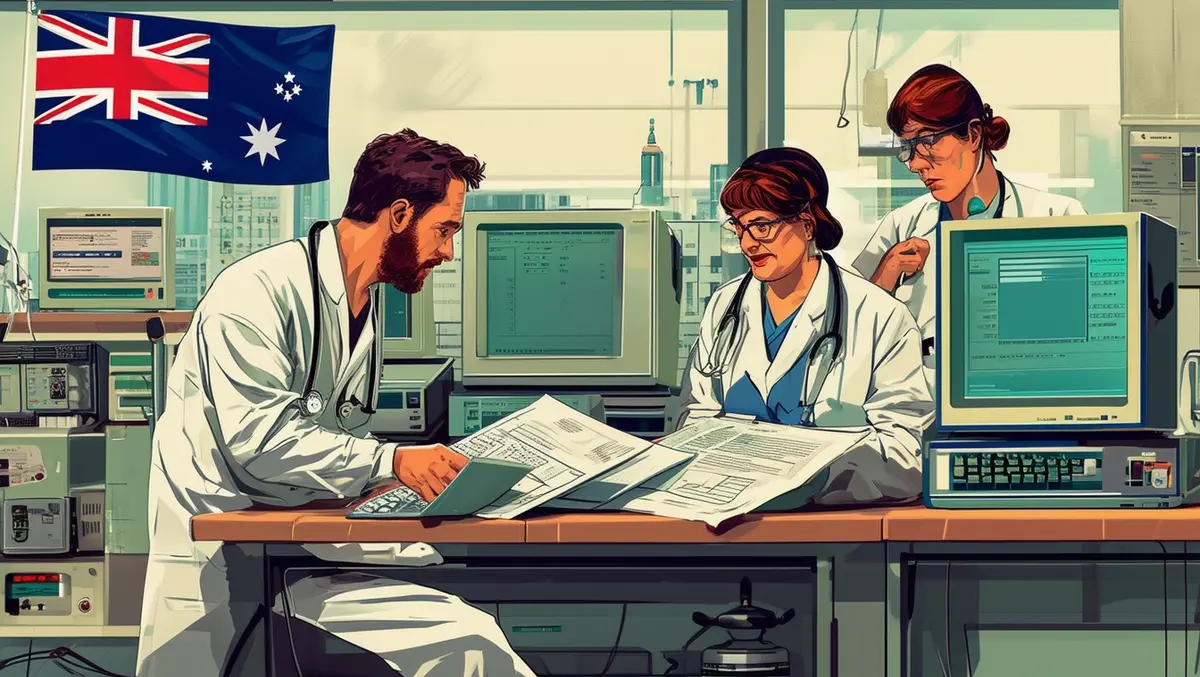
Technology gap hinders Australian healthcare’s efficiency & safety
New research conducted by SOTI has highlighted a significant technological gap within the healthcare industry, with a substantial portion of healthcare organisations lagging behind in adopting necessary technological advancements. According to the study, 77% of Australian healthcare IT decision-makers feel that organisations must invest in new or better technology to enhance patient outcomes.
Outdated technology is a persistent issue, contributing to inefficiencies within the healthcare sector. Employees reportedly lose an average of four hours per week due to technical or system issues, with 29% of IT professionals estimating that each staff member wastes over five hours per week, negatively impacting patient care.
Michael Dyson, VP of Sales & Marketing for APAC at SOTI, elaborates on the consequences of these technological shortcomings. "Over half (57%) of Australian healthcare organisations regularly experience issues with IoT and telehealth devices, resulting in delays in patient care. This issue significantly impacts overall health outcomes," he said. Dyson emphasised the risk of delaying critical care, mismanaging patient data, and hindering communication among healthcare providers.
Despite the advantages of telehealth in delivering remote healthcare services, legacy IT issues impede 26% of healthcare organisations from supporting devices remotely. This incapability hampers the modernisation of daily operations. The research also revealed that 81% of IT decision-makers believe their organisations would benefit from more interconnected medical devices, yet 53% rely on outdated technology. This reliance compromises the potential benefits of telehealth technologies.
Some organisations are taking steps to digitise their operations to improve efficiency. Hato Hone St John, a New Zealand ambulance service, recently implemented a significant digital transformation project with SOTI. Gabrielle Wildbore, Digital Product Manager at Hato Hone St John, stated, "Hato Hone St John (Ambulance) deployed more than 2,500 rugged Android tablets using the SOTI ONE Platform. With SOTI, we can remotely support any issue our paramedics may experience. We can critically update user applications, meaning that our team always has the latest app version and information in their hands to support positive patient outcomes."
Artificial intelligence (AI) is viewed as a potential game-changer in healthcare, enabling more efficient patient care. SOTI's research indicates that 79% of organisations are in favour of incorporating AI into patient care to streamline tasks. However, challenges remain, with 54% of IT decision-makers expressing anxiety about using AI in patient care and 65% concerned about potential threats to patient privacy. Dyson believes that AI and machine learning can enhance the efficiency and effectiveness of patient care by automating updates to patient records and speeding up treatment plan generation, allowing medical staff to focus on direct patient care.
Data security is another prominent concern, exacerbated by the continued use of legacy systems. According to the survey, 84% of respondents experienced one or more data breaches, leaks, or ransomware attacks since 2022, with 53% of these breaches coming from outside sources and 43% involving DDoS ransomware attacks. Dyson commented, "Our research shows that 39% of respondents believe outdated IT systems heighten their vulnerability to cyberattacks – a direct correlation to the rate of data breaches and security threats. These security vulnerabilities should motivate healthcare providers to prioritise technological upgrades. Preventing costly data breaches and protecting sensitive patient information is vital, as any compromise can severely damage trust in healthcare systems."
The findings underscore the need for robust device management solutions and robust data protection measures. The SOTI ONE Platform is suggested as a comprehensive solution offering thorough visibility, strong security protections, and real-time device management capabilities to support data-driven decision-making. It is critical for IT decision-makers to be proactive in addressing technological shortcomings to improve operational efficiency and enhance patient care.


